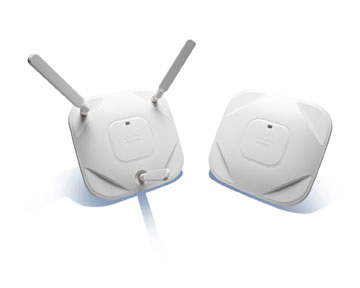


A real time data collection system will require the scanners that are used to read the various RFID tags and barcodes to be able to communicate or exchange data with the computer system that runs the application controlling the data collection software. Some scanners are in fixed positions, for example ones that are positioned on conveyor belts to read barcodes and tags that pass by it. These can usually be wired into a network that can communicate with the server running the data collection application if the scanners are mobile that is used in various locations the communication is via a wireless link.
The scanners send data to and receive data from wireless access points that are usually installed at high level within the building where the scanning is being undertaken. The access points are connected to the computer running the data collection application by cabling. The cabling that is chosen for this is dependent upon a variety of factors, such as maximum length if cable run, is electrical interference present are there environmental conditions to be taken into account. Other factors contribute to the choice of cable infrastructure selected and a choice is made taking into account all factors including cost, performance, expected life of network etc.
The access points are powered either by connection to a mains supply or by a system known as ‘Power Over Ethernet’ where the power to the access point is routed through the data cable connecting it to the network. This is frequently the best option as it can be extremely expensive and disruptive to the business to install mains electrical outlets at high level in a factory or warehouse environment. There is a wide range of wireless hardware available and provided it adheres to the specifications and protocols detailed in the 802.11 standards it should be possible to mix the hardware of different manufacturers.
We offer a wide range of wireless network services from design and installation, through to troubleshooting and repair/ upgrading of existing networks. To design specify equipment for a wireless network requires a site survey to determine wireless coverage and a check of floor and building plans if available to try and determine problematic areas and what means can be used to overcome any anomalies and performance issues.
Using the data obtained from the wireless survey and information gathered from the site itself, a detailed schematic can be prepared that shows what equipment is required and where on the site this equipment should be installed to provide a robust network at an economical cost that can accommodate the present data collection requirements. It should also be able to be modified so that any additional equipment needed can be installed to allow for any unforeseen changes in the data collection needs of the business, with a minimum of disruption and cost to the business. The network needs to be future proofed, to ensure value for money and adaptability in a vital asset.

Real time systems with Wireless Communications

Mobility: Allow connectivity without being tide to a physical location.